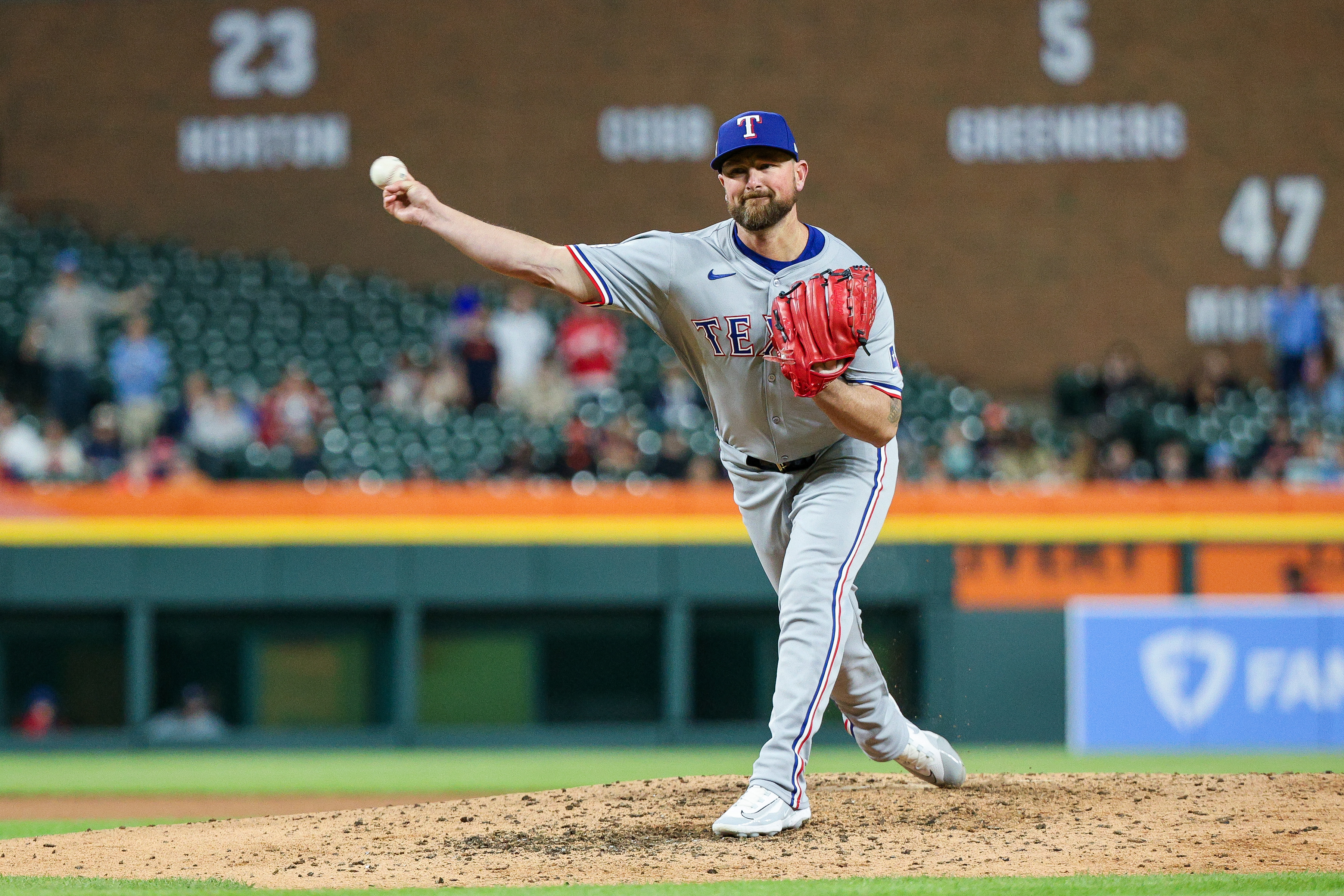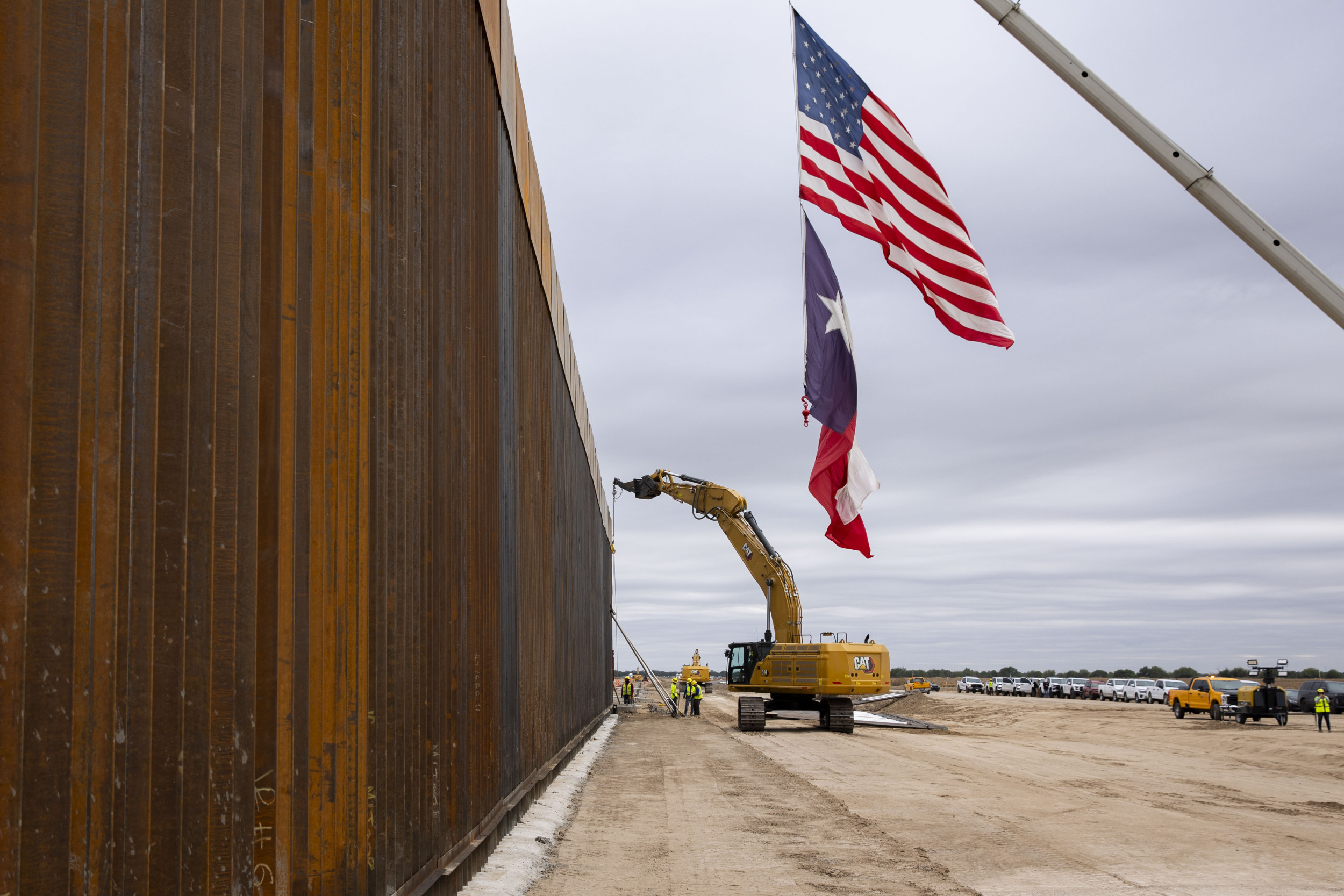The Vatican and Microsoft have revealed a groundbreaking project: a digital twin of St. Peter's Basilica, created through artificial intelligence to allow virtual exploration of the landmark and aid in conservation efforts.
Launched in Vatican City on Monday, this initiative uses over 400,000 high-resolution images, captured by drones, cameras, and lasers during a monthlong project when the basilica was closed to the public.
This digital replica offers a unique way to experience one of the world's most significant monuments while helping Vatican officials monitor and manage visitor flows and identify structural concerns.

A Marvel for the Jubilee Year
Microsoft President Brad Smith described the digital twin as "one of the most technologically advanced and sophisticated projects of its kind."
The launch comes just before the Vatican's 2025 Jubilee, during which more than 30 million pilgrims are expected to visit the basilica, on top of the typical 50,000 daily visitors. In preparation, the new platform will offer visitors an option to reserve entry times—an innovation for the historically popular destination.
Pope Francis expressed his gratitude toward Microsoft's team and the development partners. Addressing project members in a Vatican audience, he emphasized, "Everyone, really everyone, should feel welcome in this great house."
AI and Photogrammetry Detect Hidden Damage
The digital twin of St. Peter's Basilica was made possible through a collaboration between Microsoft and digital preservation firm Iconem, which employed advanced photogrammetry and artificial intelligence.

This 3D replica, requiring a staggering 22 petabytes of data—equivalent to five million DVDs—allows a highly detailed virtual tour of the basilica's artwork and architecture.
The images have already provided vital insights, identifying structural damage including missing mosaic pieces, cracks, and signs of deterioration that are not visible to the naked eye.
This digital approach has given the Vatican a new, efficient method to monitor the monument's condition, surpassing human abilities in terms of speed and precision.
Promoting Ethical AI in Heritage Preservation
Pope Francis, a vocal advocate for ethical AI, has championed the project's role in preserving and spreading the message of faith. His annual World Message of Peace recently highlighted the need for an international treaty to regulate artificial intelligence, emphasizing that technology should align with human values including compassion and morality.
Reflecting on the digital project's purpose, Francis noted, "This house of prayer for all peoples has been entrusted to us by those who have preceded us in faith and apostolic ministry."

"Therefore, it is a gift and a task to care for it, in both a spiritual and material sense, even through the latest technologies," he said.
While Smith refrained from disclosing the project's cost, he affirmed that Microsoft's investment was "substantial." This effort is part of a broader initiative inspired by Francis' 2018 call to promote ethically-minded AI.
Microsoft has led similar projects with Mont Saint-Michel in France and Ancient Olympia in Greece, reinforcing its commitment to preserving cultural heritage through cutting-edge technology.
This article includes reporting from The Associated Press




















 English (US) ·
English (US) ·